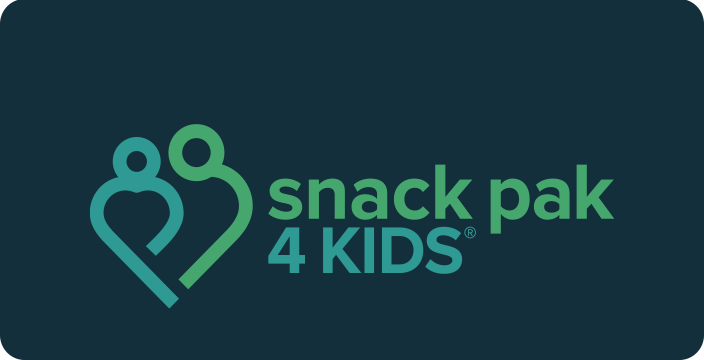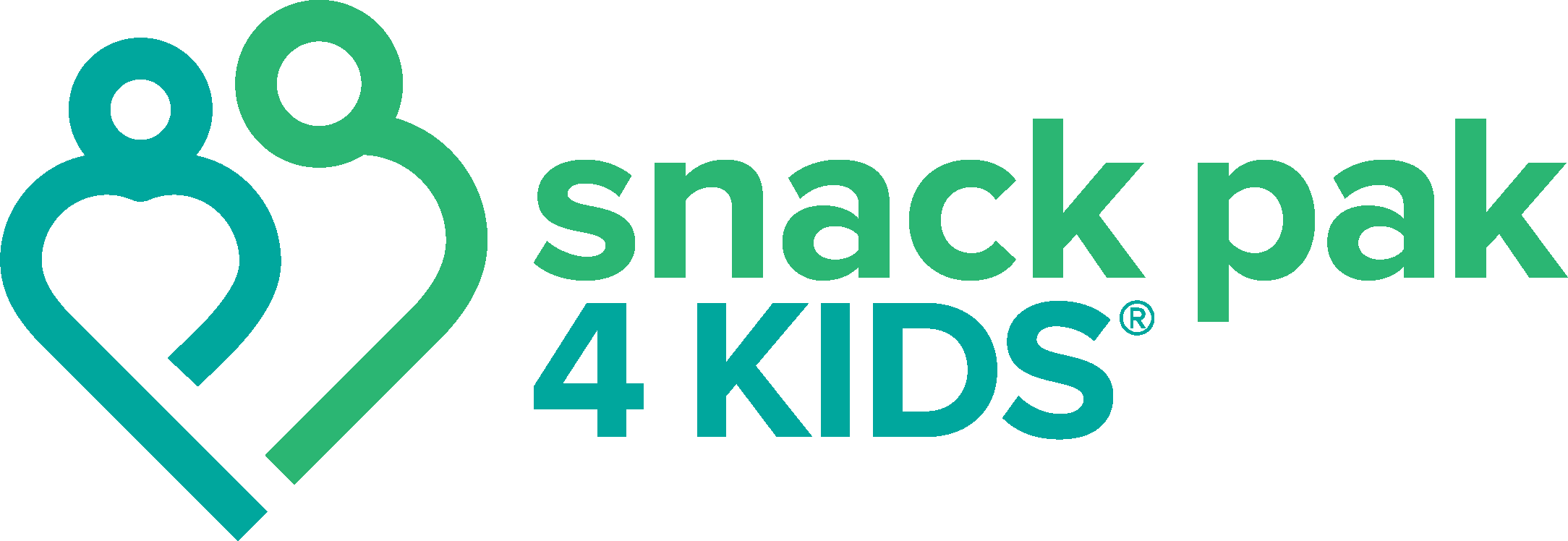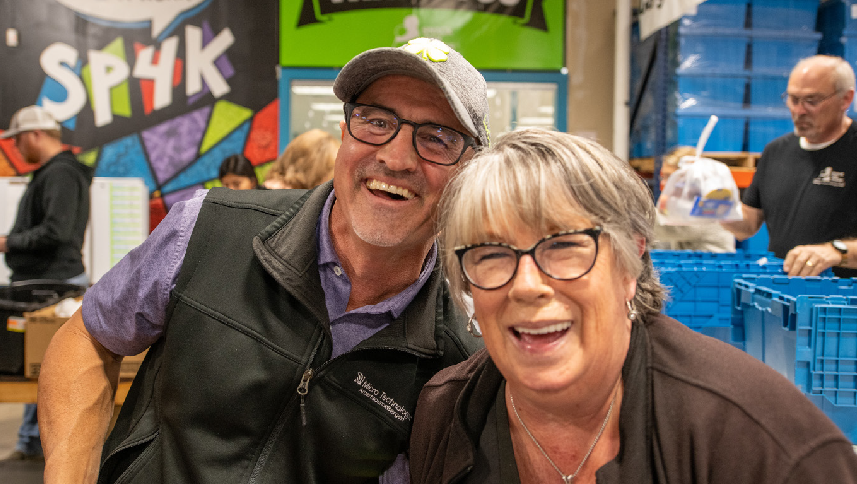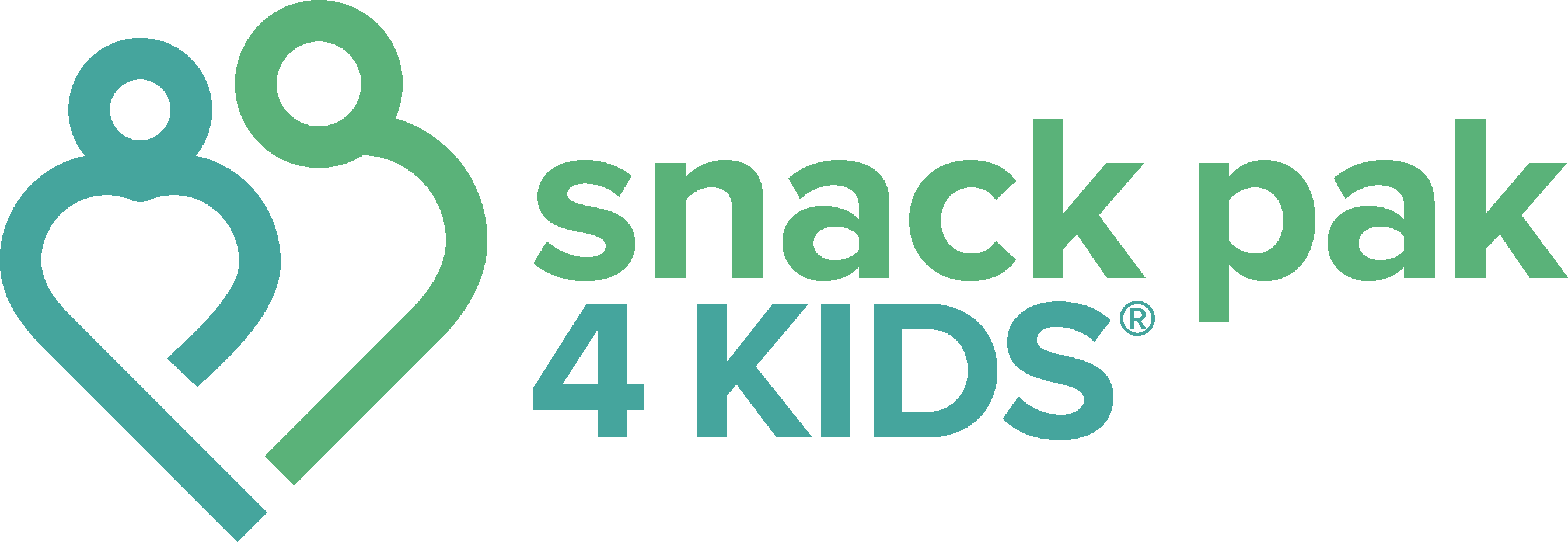By Colleen Schreiber, Livestock Weekly, Feb 7, 2019
AMARILLO – “Kids can’t learn if they’re hungry.” That’s the message that Dyron Howell and thousands of teachers across the state have been relaying for well over a decade. It’s a message that was heard by the Panhandle’s beef and dairy industries and they too have since taken up the cause pledging their support to make a difference in the life of young people.
It all began when “Nightline” aired a story about an incident in a grade school cafeteria involving a hungry kid and the principal of the school who decided to do something about that hungry kid. The grade school was in Bowie, Texas, and the principal at the school at the time was Kayla Brown.
That day Kayla Brown didn’t just deal with the problem in the cafeteria. Instead she asked more questions. The end result was a program she developed called Backpack Buddies, a program designed to help feed children who are going hungry on the weekends.
The Nightline interview didn’t really focus on the program, per se. Rather, the focus was on the results, the difference the program makes in a child’s ability to focus and learn and do well in school. At the end of the interview, Brown summed up her message essentially with one sentence: “If you don’t think this is going on in your community, take off your blindfolds.”
Howell saw that story that night on “Nightline”. It had such a profound impact on him that the following day he went to the principal at Central Elementary in Flower Mound, where he and his family were living at the time, and asked the principal if she had any hungry kids. Turns out the principal had also seen the “Nightline” program and had already made a list of hungry kids in her school.
Over the course of the next several years, teachers all over the Metroplex did the same thing. They took off their blindfold, asked questions and then got to work to make a difference for the kids. Story after story was told about how the program made a difference in the lives of hungry kids, specifically how it improved their ability to learn and interact with classmates and teachers.
In 2010, Howell, who worked for Eli Lilly and Company in their oncology division, had the opportunity to move his family to Amarillo. Both he and his wife, Kelly, had grown up in the Panhandle; he in Clarendon and she in Amarillo.
After they settled in, Howell began asking the same question in schools in Amarillo. Do you have hungry kids in your school?
The first principal he talked to was at Rogers Elementary. She identified 10 kids whom she knew could use the help.
Howell gathered up the food supplies and that evening in their kitchen, the Howells packed 10 bags of food to give to the kids that Friday. The 10 bags quickly grew to 20 and then 30. It grew, Howell says, because the teachers at Rogers Elementary began to see a profoundly positive difference in the classroom in terms of the kids’ learning behavior. These kids who could get breakfast and lunch at school Monday through Friday, thanks to the government’s Supplemental Nutrition Assistance Program, now had access to extra food on the weekends.
“We picked the third of their week in which they weren’t getting any help with the idea that if some food was provided over the weekend, the kids would come back on Monday morning better prepared to learn,” Howell reiterates. “They would be more engaged, their performance would be better and they would be less distracting to their peers.”
That one school and those 10 kids and the subsequent others that followed led to the development of Snack Pak 4 Kids of Texas, LLC, a 501(c)(3) nonprofit. Though the Metroplex program had proven that such a program worked, Howell says, it was not necessarily an easy sell in the Panhandle. Many barriers and misperceptions had to be broken down. The adults in the communities had to understand that it wasn’t about another government handout – Snack Pak 4 Kids is 100 percent privately funded and run by volunteers – rather, it was about doing the right thing for the kids, making a difference for the kids so that they could then learn and begin to help themselves.
Howell built an entire blueprint from scratch. Today Snack Pak 4 Kids has its own brand, its own infrastructure including an online purchasing cooperative. They’ve gone from helping 10 kids in one school to helping thousands of kids in 58 schools in Amarillo alone. They’ve gone from packing bags in Howell’s kitchen to four years ago raising three quarters of a million dollars in six months to buy a 22,000 square foot warehouse from which the program is now housed and run.
Every other Tuesday evening in this warehouse 250 volunteers pack 6,000 bags for hungry kids in 45 minutes. Then on Wednesday morning more volunteers line up at the door to take the food to schools so that it can be distributed by the teachers at the end of the week.
“I don’t know of any other program that invests $3.75 a weekend, that gives kids 52 grams of protein, that has 71 percent of the 1350 teachers surveyed annually say that they see an improvement in academic performance because of this program,” says Howell.
Unlike the government programs, which are all income-based, the teachers identify the kids in need based on repeated behavior observed in the classroom. The kid’s then get a permission slip to take home to their parents.
“It’s not about judging the parents; it’s about getting their permission to help their kid,” says Howell.
Another critical piece is that the kids are all treated with dignity and respect. The bags of food are delivered to a teacher that either places the bag of food in the child’s locker or in their backpack on Friday.
“We first want to take these kids out of survival mode,” Howell says. “Kids who are in survival mode are hungry all the time and their brain is in that mode as well,” he explains. “Consequently, they’re not focused on schoolwork; they’re just focused on survival. We take them out of survival mode by ensuring them that there will be a bag of food waiting for them every Friday.”
Initially the food in the bag had only 10 grams of protein; today it’s 52 grams.
“It’s an expensive investment, but a purposeful investment,” says Howell. “The only way we’ve been able to increase the amount of protein in the bag is because beef and dairy producers are our partners, though they are one of many.”
Howell had grown up around agriculture; he understood the importance of protein in a kid’s diet, yet he also understand the difficulty of buying protein on a SNAP budget, at least in theory. Upping the protein ante in every kid’s weekend food bag came about when some volunteers from Elanco who were helping bag one evening questioned the lack of protein in the bag.
Essentially those volunteers took it upon themselves to collaborate first with Southwest Dairy Farmers to create a dairy fund so that they could begin adding Fairlife, a shelf-stable milk, to every kid’s bag. That next led to Texas Cattle Feeders Association and many others in the beef industry – companies like Hi-Pro, Cargill, Elanco, Cactus Feeders, Caviness Beef Packers LTD, and Friona Industries to name but a few – coming together to start a Beef 4 Kids fund.
Originally the kids’ packs had a Slim Jim beef stick, but the beef supporters wanted to give the kids a high quality protein stick. So 3.5 years ago, someone proposed, “why not make our own?”
Howell approached Clint & Sons, a custom processing, retail meat outlet in White Deer, about making a 100 percent beef stick. They agreed to give it a try.
Today the Clint & Sons premium beef stick, branded as SP4K Beef Stik, made with chuck roast and beef brisket, is available in Allsup’s, Pack-A-Sak, Texas Tea, HTeaO and Toot’n Totum. The beef fund gets a royalty from every beef stick sold at retail.
“Essentially buy one, and one is bought for a hungry kid,” Howell says.
The first year in production 137,000 beef sticks were provided to kids for free because of the Beef 4 Kids program. More recently because of a “windfall” and a “blessing” – essentially a generous donor – each kid currently gets two beef sticks in their Snack Pak every week.
Howell also opines that having a 100 percent beef stick, and labeled as such right on the package, indicates commitment to quality and consistency. That quality and consistency is not lost on the kids. They have repeatedly identified the SP4K Beef Stik as their number one favorite thing in their Snack Pak.
“It’s only because of our agriculture community that we now put in 52 grams of protein – milk and beef combined – in every kid’s bag every weekend,” Howell notes. “We started out with 10 grams. Now we give them five times the protein.
“It’s a great story for agriculture,” he continues. “The industry is putting innovation and technology into practice and making a difference in kids’ lives.”
Today the food in each bag costs $3.75; 100 percent of the money donated goes to buying the food for the bag. Howell acknowledges that the beef protein is not cheap but his take is “how can we not have beef protein in the bag, especially if it’s the favorite item in the bag?”
The program is not just making a difference in the lives of kids in Amarillo; there are communities all over the Texas Panhandle and in other parts of the state that have started a program for the kids in their communities. In fact, to date, 62 communities have equipped themselves for success by adopting the Snack Pak 4 model. Each community may call their program something different, but each use the Snack Pak 4 Kids buying cooperative. San Marcus, for example, feeds 700 kids every week through their “School Fuel” program.
Each Snack Pak 4 Kids community has their own volunteer executive director. Also each community is responsible for raising the necessary money to start the program and keep it going.
“Every dollar that is raised in a Snack Pak 4 Kids community stays in that community,” Howell reiterates. “We get zero government dollars; it is all grassroots and privately funded and made possible through volunteer workers.”
The communities purchase the food from Snack Pak’s online buying cooperative. The buying cooperative was made possible with the help of Labatt Food Service, the tenth largest foodservice distributor in the nation, headquartered in San Antonio. Al Silva, Labatt’s CFO, immediately understood the need for the program and wanted to participate.
“When I was talking to him about my vision of wanting to create this model across the state, it wasn’t a program, it wasn’t about giving money,” says Howell. “It was real; it was personal.”
The program continues to gain recognition. In September, Howell gave a presentation to the Texas Association of School Boards in Austin. “I don’t think they would have invited us if there wasn’t the data and tangible results,” says Howell.
It’s not just Texas schools either. Someone in Spokane, Washington heard about the program, so they flew a team down to learn about the program.
“Today 7600 kids in Spokane Washington are impacted every weekend because of our model,” says Howell.
Changing a kid’s life by trying to end weekend hunger doesn’t just stop at grade school. There is now also Snack Shak for middle school and high school kids. The program was developed in 2012 by students at Tascosa High School in Amarillo. It was not only developed by the students, but it is 100 percent student led and student run.
“We are empowering kids to lead and change lives,” Howell says. “Our mindset is invest in kids, help plant the seed and then step back and let that seed grow.”
About 18 months ago, one more dimension of the model was begun. This one is for employees at BSA Hospital in Amarillo – funded and run by BSA employees for BSA coworkers.
“All of these people have jobs; they’re doing amazing work for sick people, and yet life is happening,” says Howell. “The idea is the same – provide extra nutrition so that the person is not distracted from giving quality patient care.”
The first family that was helped was a nurse and her two children who were living out of their car. Since then over 130 BSA employees and their families have used the program.
In 2017 Howell retired after a 25 year career with Lilly. Since then, he has dedicated much of this life to sharing the model with others and using what he learned in his professional career to help others. In that professional capacity he learned that it’s about listening to the customer and understanding their needs. For him it was never about making a sale but rather about developing a relationship.
“Kids aren’t transactions; People aren’t transactions,” he points out.
Though 700 more kids were fed through the program in 2018 compared to 2017, Howell says it’s not about dots on a map; it’s not about a brand; it’s not even about a beef stick.
“The story is much bigger than that,” he insists. “It’s about the kids, but it takes dots on a map, and it takes beef sticks, and milk and agriculture, and it takes people willing to listen and then to tell the story to educate others that it’s not a handout but that we’re investing in kids.”
In their annual surveys, the children are asked how hunger makes them feel. One child wrote: “When I’m hungry, I feel angry and I can’t focus and I get off task. Then I get more angry when a problem is hard. Then both of my angers get mixed together and I get furious and I do not like to be furious. That is what I feel like when I’m hungry.”
The kids in the program are also asked “How does getting Snack Pak make you feel?” Their responses pretty well sum things up.
Again the responses are wide-ranging from “I feel like somebody cares” and “I feel normal” to “Good because I will have food and not a sick stomach” and “Happy, makes me full of joy!”



